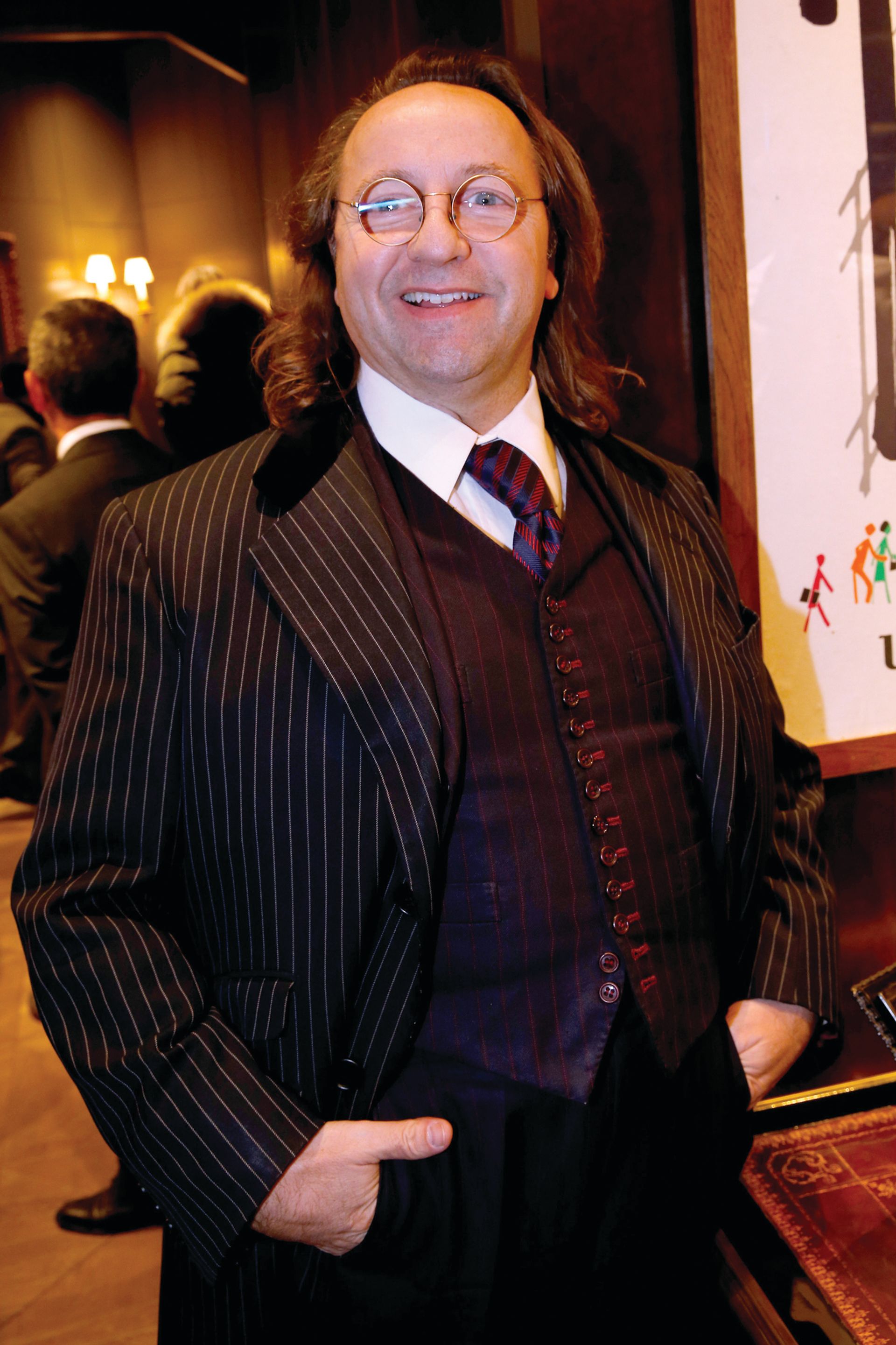This year, Paris’s prestigious Biennale des Antiquaires attempted a fresher look, much desired by the new leadership of the Syndicat National des Antiquaires (SNA). There were also 125 exhibitors—a 40% increase since the last edition—who took part at a lower cost. The extra exhibitors were partly due to the presence of additional galleries that used to participate in Salon Paris Tableau, the annual fair that was folded into the biennale after it was closed last year.
Though visitors and exhibitors were impressed with the slick new design, the climate in Paris is “not easy”, according to Dominique Chevalier, the president of the SNA. Tourism, especially from the US, has collapsed following recent terrorist attacks. The Louvre has lost more than 15% of its visitors this year. Infighting in the SNA has also taken its toll, with several of the organisation’s former members staging concurrent exhibitions in their galleries.
The largest elephant in the room, however, was the absence of two of SNA’s most important exhibitors: Kraemer and Aaron galleries, both central figures in a forgery scandal.
Kraemer chose not to participate, while the Aaron Gallery was expelled by the event’s organising committee. Founded in 1875, the Kraemer Gallery is said to be Paris’s oldest gallery dedicated to furniture and decorative art.

At the end of 2015, the Kraemer Gallery refunded a London collector who had paid €2m for a pair of chairs said to be from a pavilion built for Marie Antoinette at Versailles. In June 2016, Bill Pallot, an expert at the Aaron Gallery, confessed that he had fabricated both pieces. Pallot is currently in jail awaiting trial.
Laurent Kraemer, the owner of the gallery, who says he sold the chairs in “perfectly good faith” and “never sold any furniture with the slightest doubt over its authenticity”, has also been charged with handling fakes. Both chairs, Kraemer stresses, were classified as “national treasures” by the French government, at the request of the Château de Versailles, which tried to buy them but withdrew because the price was too high.
Pallot recently told an investigating judge that the trafficking of fake 18th-century furniture is widespread in Paris.
On 22 July, the Kraemer Gallery was placed under a legal safeguarding procedure, aimed at protecting firms facing economic threat (as a result, any debt payments have been frozen). Speaking to The Art Newspaper, Kraemer says the legal move was “voluntary, transparent, and can be reversed at any time: it only allows us to work in a more serene atmosphere”. He insists the company is not in any financial difficulty today and will “fulfil all of its responsibilities”.
It now seems the Louvre has been caught up in a similar situation. In 2009, on the museum’s recommendation, the government classified as a “national treasure” a commode attributed to the cabinet maker Alexandre-Jean Oppenordt. Independent experts valued the piece at €9.5m, too much for the museum to buy. Doubts were also raised about its provenance. An independent study, in March 2015, dated parts of the wood to “between 1966 and 1982”.
Jean-Luc Martinez, president of the Louvre, insists that the curators have “done their job” and that the museum would press charges “if its name was used in a fraudulent manner” to help secure its sale.
In light of these scandals, France’s minister of culture, Audrey Azoulay, has said she wants to review the purchasing procedures for national collections.

